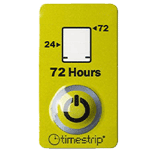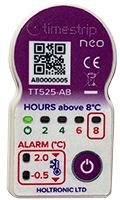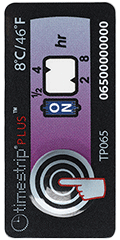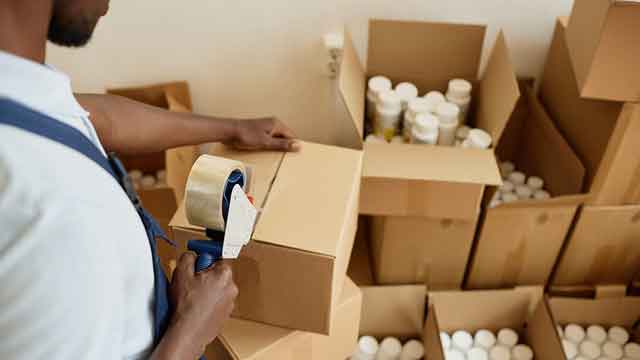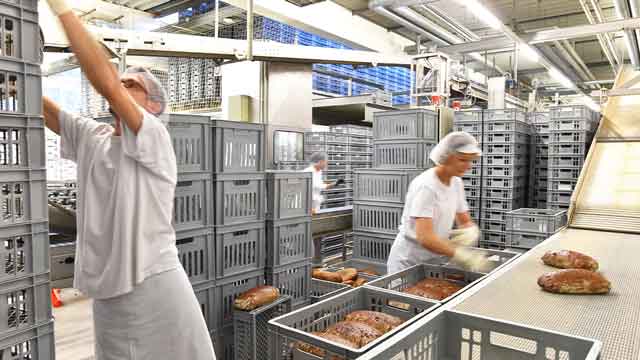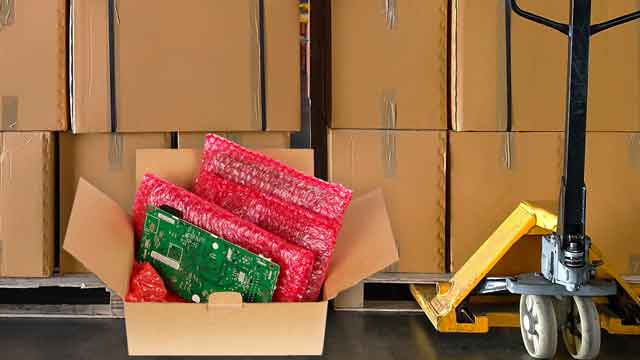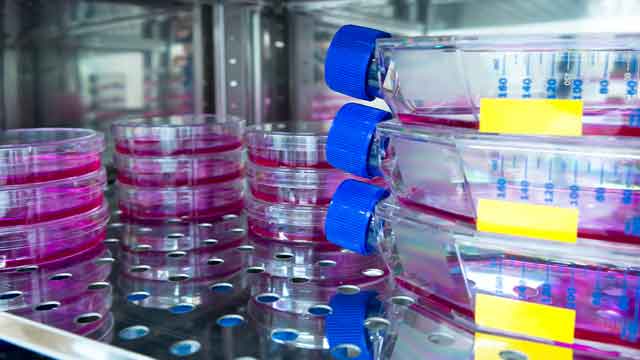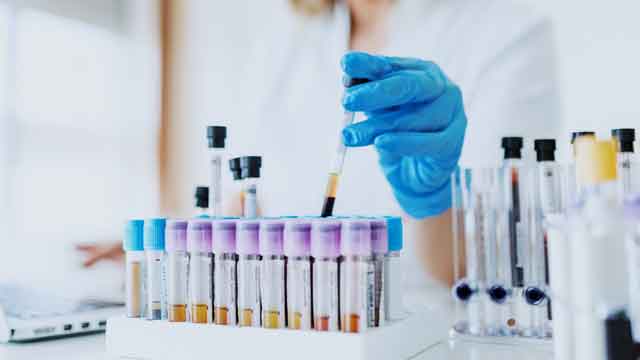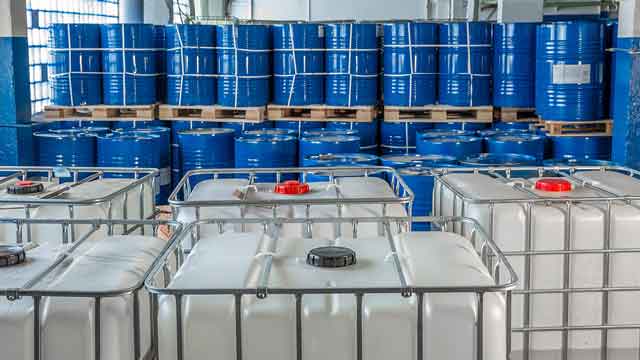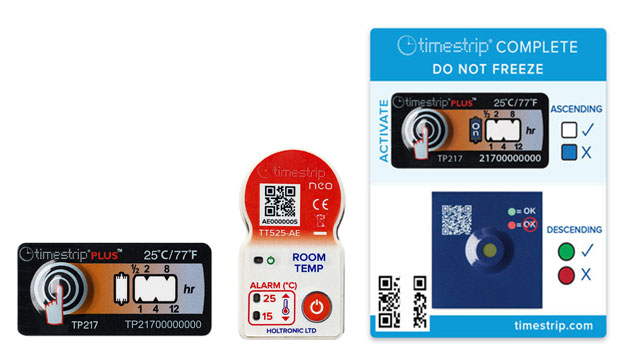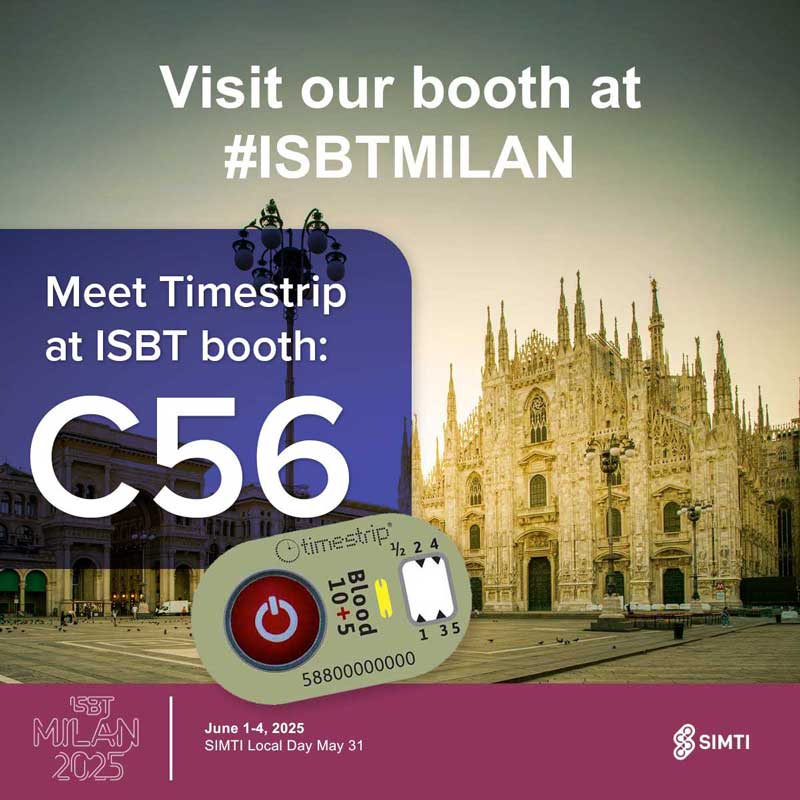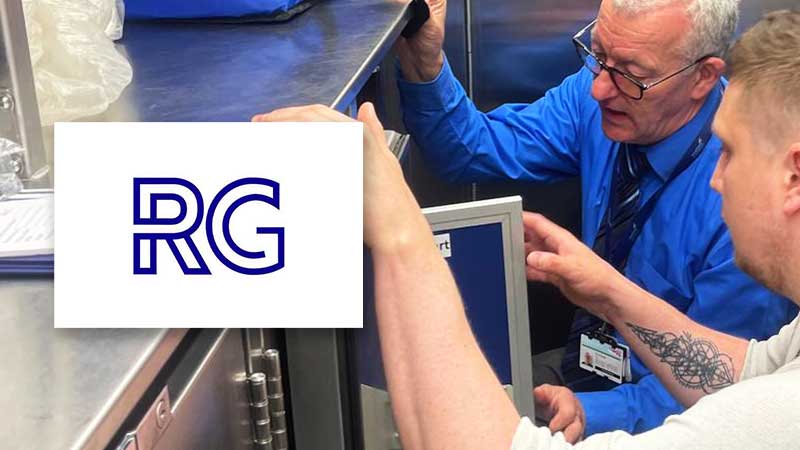
Ambient and Room Temperature Monitoring
In the global supply chain and storage industry, temperature control plays a crucial role in ensuring the integrity, safety and longevity of many types of goods. One of the most commonly required temperature ranges is ‘ambient’ or room temperature, typically defined as between 15°C and 25°C (59°F to 77°F).
Though it may seem like a narrow band, maintaining this range is critical for various products across multiple sectors, including many food and beverage items, pharmaceuticals, cosmetics and even chemicals.
Why does Room Temperature Monitoring Matter?
Temperature fluctuations can lead to irreversible damage, reduced effectiveness, or even dangerous consequences for certain goods. Here's a selection of sectors where the 15–25°C range is so important.
1. Pharmaceuticals and Medical Products
Many medications and vaccines are formulated to remain stable only within specific temperature ranges. Exposure to temperatures outside 15–25°C can degrade active ingredients, making drugs less effective or entirely ineffective.
This is particularly crucial for:
• Oral medications like tablets and capsules
• Injectable drugs that don’t require refrigeration
• Vaccines that are removed from refrigeration for administering to patients
• Diagnostic kits and reagents
• Over-the-counter drugs and ointments
• Blood platelets that are stored at 22ºC
Improper storage can not only reduce therapeutic efficacy but also pose safety risks to patients.
Timestrip Indicators simplify compliance by providing a clear visual indication of medication status, simplifying audits and inspections.
Timestrip produces indicators designed specifically to support the use of vaccines in clinics and hospitals. When the vaccine has been removed from the fridge into room temperature ready to be administered, a vaccine temperature indicator can be deployed to alert clinicians that an 8°C threshold has been reached. The indicator shows the duration for which the vaccine has been Out of Refrigerator, as the indicator window gradually fills. A completely full window indicates that the maximum allowed storage period has been reached.
2. Food Products
While many food items require refrigeration or freezing, others—especially shelf-stable goods like fruit and vegetables, chocolate and bakery goods—must be kept at room temperature. Higher temperatures, or even freezing, can cause:
- Melting, separation, crystallisation or other spoilage
- Changes in flavour, aroma, and texture
- Growth of unwanted microorganisms
- Reduction in shelf life
Room temperature storage helps preserve quality and safety.
Timestrip’s has a line of room temperature monitoring indicators – Timestrip PLUS (TP217). They are small, cost effective devices that provide a clear visual alert should the temperature rise above 25°C (77°F), and indicates the duration of that breach up to 12 hours.
Timestrip PLUS TP136 does the same job at 30°C / 86°F. Other temperature ranges and time settings are available on request.
3. Cosmetics and Skincare Products
Cosmetic and skincare formulations are often sensitive to heat and cold. Emulsions can break down, active ingredients like vitamins or acids can degrade, and preservatives may lose their ability to prevent microbial growth.
Cosmetic room temperature storage range ensures:
- Product texture and consistency remain intact
- Active compounds retain potency
- Shelf life is maximized
4. Electronics and Batteries
Consumer electronics and battery powered devices are vulnerable to temperature extremes. Excessive heat can accelerate component wear or cause malfunctions, while cold can affect battery performance.
In warehouses or retail settings, room temperature storage helps:
- Prevent premature degradation
- Reduce risk of damage to batteries
- Maintain operational performance and reliability
- Prevent swelling or leakage
- Extend product lifespan
5. Laboratory Samples
Scientific research often depends on the integrity of stored samples and reagents. Many chemical compounds and biological materials must be kept at consistent room temperatures to remain viable for experiments or analysis.
In both industrial and academic settings, chemical reagents and biological samples often need to be kept at room temperature.
Temperature deviation in life science shipments can lead to:
- Loss of activity or contamination
- Unreliable experiment results
- Compromised research outcomes
Timestrip’s small, light indicators can be attached to products or packaging and travel with them to provide alerts to breaches in expected conditions.
6. Healthcare Diagnostic Tests
Diagnostic kits and reagents are widely used in hospitals, clinics, and laboratories, and these are among the most temperature sensitive products in the healthcare sector.
They include:
- Rapid antigen or antibody tests (e.g., for COVID-19, malaria, or HIV)
- Enzyme-based assays and reagents
- Blood glucose testing strips
- PCR kits and other molecular diagnostics
Many of these tests rely on biological reagents—like enzymes, antibodies, or nucleic acids—that can denature or degrade outside the 15–25°C range. Even brief exposure to excessive heat or cold can alter test performance, leading to false positives or false negatives, reduced test sensitivity or specificity, and invalid results requiring repeat testing.
Maintaining proper storage conditions ensures test accuracy, protects patient safety and prevents costly wastage of testing materials.
Timestrip neo is a platform for a range of single use electronic temperature indicators that provide highly versatile operation at low cost. The neo Room Temp indicator monitors the range 15 to 25ºC, and provides a clear alerts of breaches after one hour.
7. Industrial Chemicals
This broad class includes a huge range of materials such as:
- Paints
- Adhesives
- ‘Pre-preg’ material used in fibre glass production (pre-impregnated fibres and partially cured polymer matrix)
Industrial chemical storage and transport may be important with substances such as paint, adhesives and fibre glass materials. If excessively heated or cooled, the result can be degradation, altered product properties or even hazardous reactions.
In the case of pre-preg materials, this is kept cool (typically below 20ºC) since heat accelerates complete polymerization.
Temperature breach indicators monitor temperature conditions throughout production, storage, and transportation to help ensure safety and product performance.
Best Practices for Maintaining Room Temperature Monitoring
- Implement protocols with temperature monitoring indicators such as those from Timestrip
- Use climate-controlled storage facilities
- Ensure proper ventilation and insulation
- Train staff on handling and storage procedures
- Choose appropriate packaging for sensitive goods
Prioritize Room Temperature Monitoring
Maintaining a consistent room temperature between 15°C and 25°C is more than just a guideline—it’s a necessity for safeguarding the quality and safety of countless products.
From the medicines we rely on to the food we consume daily, proper temperature management is a foundational aspect of modern storage and logistics.
Businesses that prioritize this simple yet critical requirement can protect their investments, ensure compliance, and deliver better, safer products to consumers.

